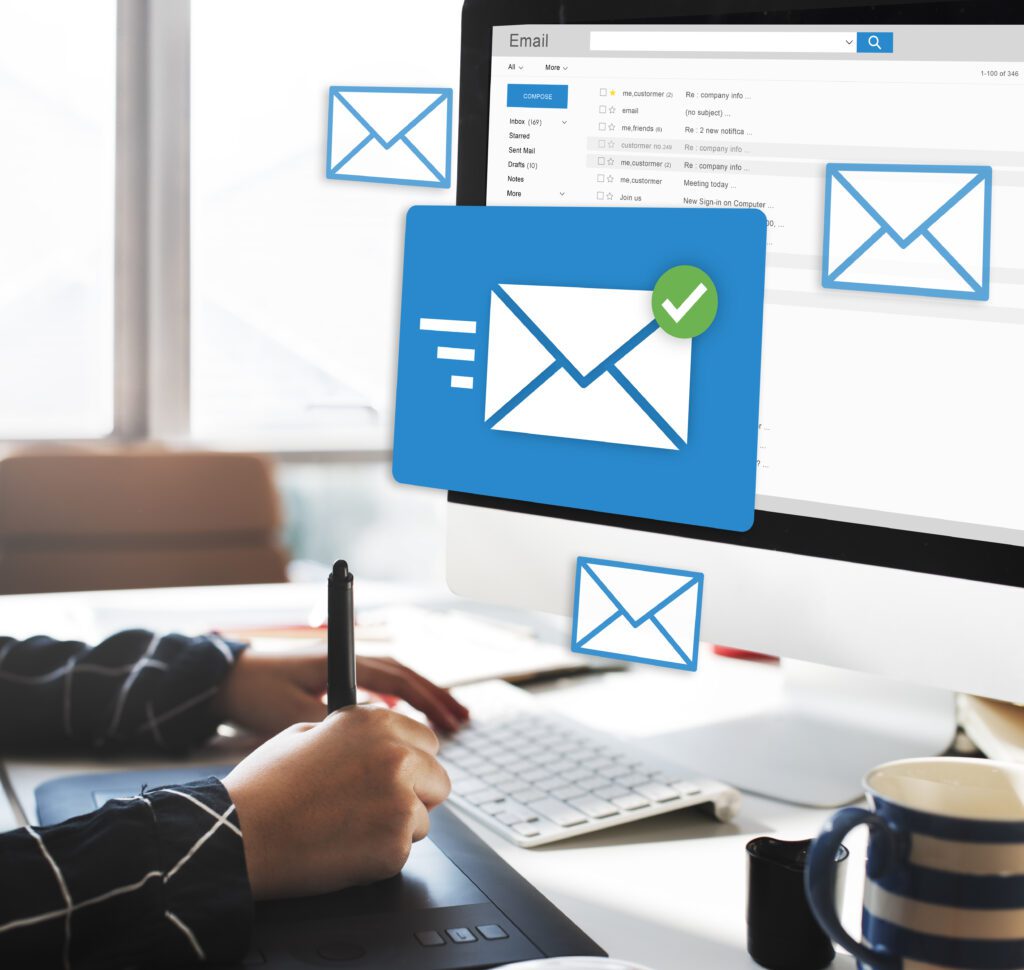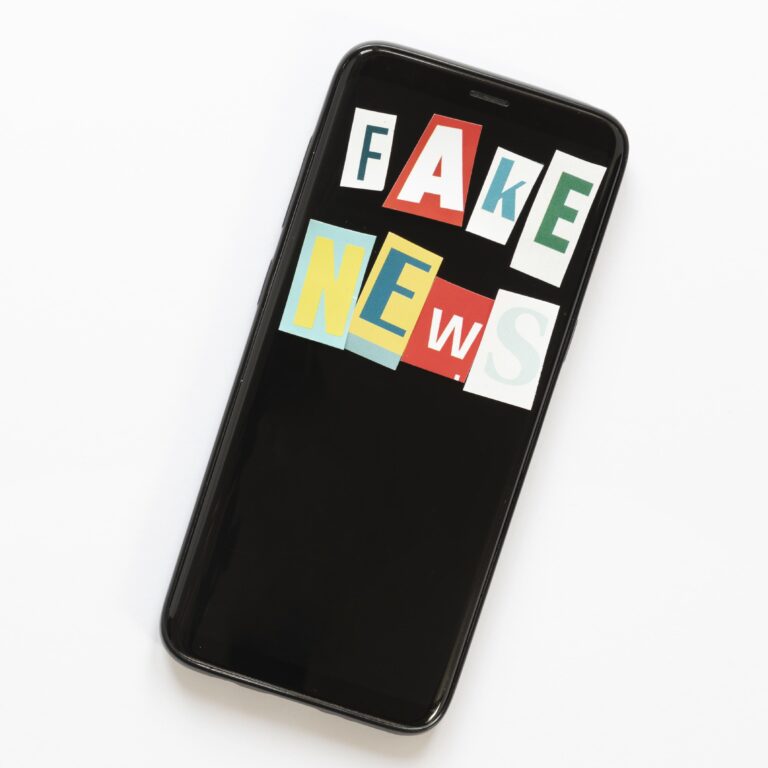Best Way to A/B Test Email Marketing Automation

I hope you enjoy this blog post. If you want Hello Bar to grow your leads, click here.
Author:
Mansi
Published
August 13, 2025

Table of Contents
If you run email marketing automation, you already know one truth: some emails work, some flop. Sometimes it’s the subject line. Sometimes it’s the send time. Sometimes it’s just the way the message flows.
The problem is, you don’t know which thing made the difference unless you test it. That’s where A/B testing comes in. But doing it right in email marketing automation takes a bit more thought than just splitting your list and hoping for the best.
This isn’t about fancy tools or buzzwords. It’s about making sure the test actually tells you something useful so you can improve without guessing.
Let’s break it down step by step.
1. Start with one question
Before you even set up the test, you need to decide what you want to learn.
Don’t just say, “I want higher open rates.” That’s a result, not a question. The question should be specific:
- Will a shorter subject line get more opens?
- Will adding a first name in the subject line help click-throughs?
- Will sending in the morning beat sending in the evening?
If you’re testing in email marketing automation, the best tests are tied to one clear decision you can actually act on for future campaigns.
2. Test one thing at a time
Here’s the biggest mistake people make: they change five things at once. New subject line, different CTA, different layout, different image, different send time — all in the same test.
When you do that, you might get different results, but you’ll never know why.
If you’re serious about A/B testing in email marketing automation, pick one variable for each test. It can be:
- Subject line
- Sender name
- Send time
- CTA wording
- Layout (single column vs two column)
- Image vs no image
Keep everything else the same. That way, the results actually mean something.
3. Segment properly
When you split your list for an A/B test, you want both groups to be as similar as possible. If one group has more engaged subscribers than the other, your results will be skewed.
Most email marketing automation tools can randomize the split so both groups are balanced. Use that. Don’t try to do it manually unless you like bad data.
Also, don’t test with your entire list unless you’re confident in the result you’re going to send them. For bigger lists, send the test to a smaller segment, then send the winner to the rest.
4. Make the sample size count
If your list is small, you can still test — but the results might not be statistically reliable. That means you could see a difference just by chance.
As a rough guide:
- If you have under 1,000 subscribers, your results may be fuzzy.
- Over 5,000, you can start to get meaningful differences faster.
In email marketing automation, it’s often better to run the same test a few times across different sends before you decide the result is final.
5. Decide the metric before you start
If you don’t pick the metric in advance, you’ll find yourself cherry-picking the one that makes your idea look good.
For example:
- If you’re testing subject lines, measure open rate.
- If you’re testing CTAs, measure click rate.
- If you’re testing send times, you might want to track both opens and clicks.
Your email marketing automation software will show you a lot of metrics, but focus on the one that ties to your test question.
6. Don’t stop the test too soon
It’s tempting to see early results and call it. But in email marketing automation, timing matters. Some people open emails right away, others take hours or even a day.
If you stop a test after an hour, you’re probably just seeing early openers.
A safer approach:
- For most campaigns, wait at least 24 hours before calling the winner.
- For time-sensitive promos, you might shorten it, but know the trade-off.
7. Keep the test real
Your test email should look and feel like something you’d actually send in your normal flow. Don’t make it extreme just to force a difference.
For example, if you normally write in a conversational tone, don’t suddenly send one that’s super formal just for the test. That’s not useful for your email marketing automation strategy in the long run.
8. Test across the automation journey, not just one email
Most people think of A/B testing as a one-off campaign thing. But in email marketing automation, you have a whole series:
- Welcome emails
- Nurture sequences
- Abandoned cart emails
- Post-purchase follow-ups
Each of those can be tested. The winner in a welcome email might not be the winner in a cart reminder.
Don’t miss out on our article on How to Easily Get an Email List for Email Marketing?
9. Keep a record of what you’ve tested
You’d be surprised how many people run the same test twice without realizing it. Or worse — they forget which subject line actually worked.
Keep a simple spreadsheet or a shared doc. Include:
- Date of test
- Variable tested
- Versions (A and B)
- Metric measured
- Result
- Next action
In email marketing automation, these records help you avoid repeating mistakes and build on what you learn.
10. Look for patterns, not just single wins
One winning test doesn’t mean you’ve found the golden rule. Maybe that subject line worked great in December but would tank in June.
The real value in email marketing automation testing comes when you start to see patterns:
- Short subject lines usually win
- CTAs with verbs get more clicks
- Sending on Tuesdays works best for your audience
Patterns are more reliable than one-off results.
11. Don’t ignore the “losing” version
Sometimes the “loser” in your test still has something to teach you.
Example: You test two CTAs — “Shop Now” vs “Get Started.” “Shop Now” wins by a little. But you notice “Get Started” gets fewer clicks but more purchases. That’s not a loss — that’s a different kind of win.
In email marketing automation, sometimes the smaller number hides the bigger value.
12. Test the boring stuff too

It’s easy to focus on creative things like subject lines and images. But boring details can matter a lot:
- From name (brand vs person)
- Preheader text
- Button color
- Link placement
Small changes can make a difference, especially in email marketing automation sequences where subscribers see multiple emails over time.
13. Re-test winners after a while
Your audience changes. What worked a year ago might not work now.
In email marketing automation, winners can expire. Re-test them every so often to make sure they still hold up. If they don’t, you’ll know before your performance starts sliding.
14. Watch how tests affect the bigger picture
Sometimes a test can improve the metric you’re watching but hurt something else.
For example, a subject line might boost opens but cause more unsubscribes because it feels clickbait-y.
In email marketing automation, always check:
- Unsubscribe rate
- Spam complaints
- Overall engagement over time
A short-term win isn’t worth long-term damage.
15. Combine A/B tests with audience insights
Data from tests is useful, but it’s even better when combined with other insights. Look at:
- Past campaign reports
- Customer surveys
- Website behavior
If your email marketing automation data shows that users from a certain lead magnet click more on guides than promos, test more guides for them. This keeps testing grounded in what you already know.
16. Use automation rules to apply winners automatically
Some tools let you run a test on a portion of your list, then automatically send the winning version to the rest.
If your email marketing automation platform has this feature, use it. It’s a simple way to get better results without adding manual work.
17. Test over different audience types
If you have multiple segments, don’t assume the same winner works for all.
In email marketing automation, your new leads might respond differently than your long-time customers. Test within each group before making a blanket change.
18. Don’t over-test
A/B testing is useful, but too much of it can slow you down. You don’t need to test every single thing in every single send.
In email marketing automation, focus on the parts that will give you the biggest lift — like subject lines in your most important sequences or the CTA in a high-value promotion.
19. Learn from industry benchmarks — but don’t copy blindly
It’s fine to look at what works for others. But in email marketing automation, your audience is unique. A “best practice” for another brand might flop for you. Use benchmarks as a guide, not a rule.
20. Keep improving, not just testing
Testing is a tool, not a goal. The goal is better results.
If your email marketing automation test shows a clear winner, apply it. If it’s not clear, adjust and try again. Always move forward, even if the test didn’t give you the exact answer you hoped for.
Final thought
A/B testing works when it’s simple, consistent, and tied to a real question. In email marketing automation, the win isn’t just in finding what works — it’s in building the habit of always learning.






